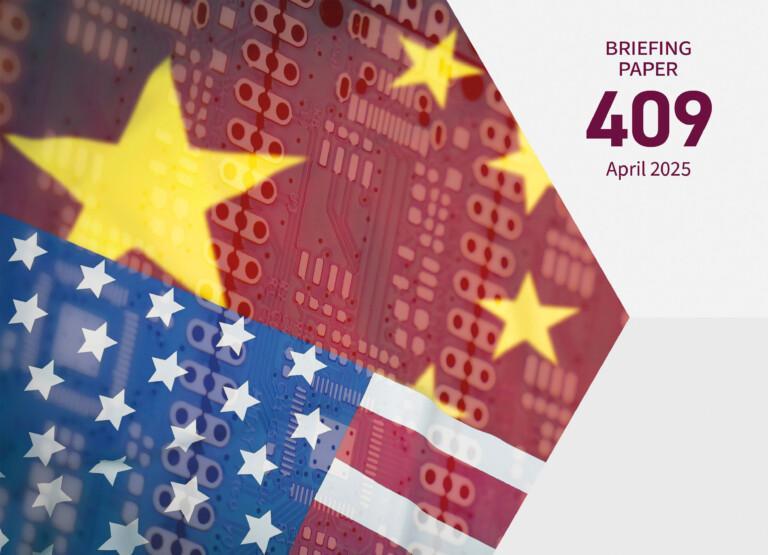
Violent conflict increasingly operates as an intertwined set of local, national and transnational conflicts. Peace processes need to acknowledge the tensions between geopolitics, power machinations and mediation.
Traditional mediation models aimed at achieving settlements between belligerents are rare. Instead, diplomatic efforts often seek mainly to manage flashpoints, signal red lines and avoid mishaps and miscalculations.
Emerging actors from the Gulf, Turkey, China and ASEAN are reshaping diplomacy in a multipolar world and directly impacting the peace mediation scene, once the playing field of the UN and primarily Western actors.
While third parties have long played an integral role in official peace mediation, a range of non-governmental organisations has emerged in recent years to act as go-betweens, provide analysis and build the capacities of negotiating parties.
AI is playing an increasing role in peace mediation. It can help process and analyse vast amounts of data, including historical conflict data, socio-political dynamics and cultural nuances, giving mediators a greater understanding of complex conflict settings and helping them formulate more effective strategies.











